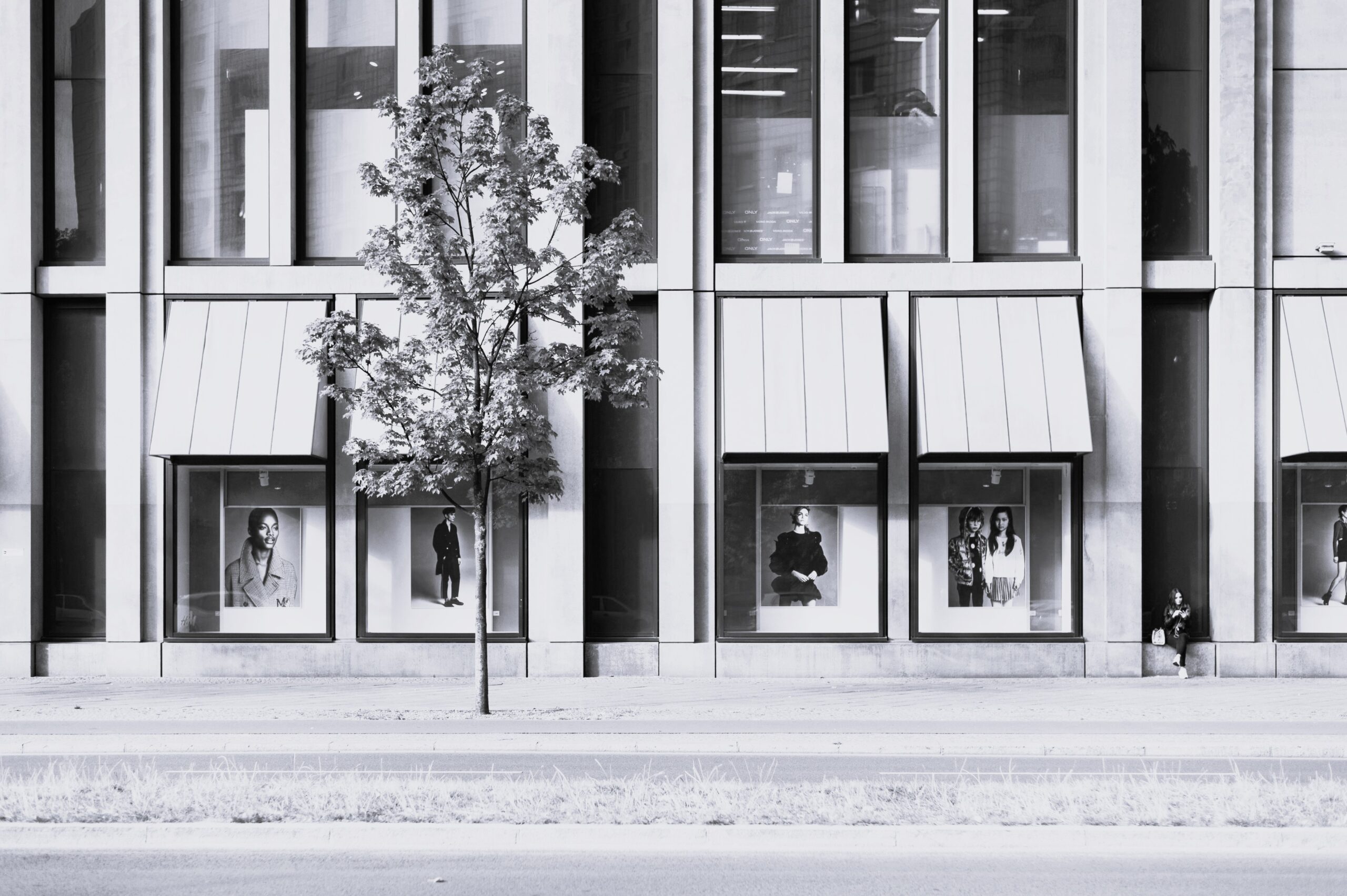The New York “Cost of Improvement”

LISTEN HERE FOR THE AUDIO VERSION OF THIS ARTICLE
PART V OF A SERIES:
Commercial Real Estate Finance in New YorkIN THIS SERIES, ROBERT RIVA NAVIGATES THE NUANCED AND OFTEN CONFUSING WORLD OF COMMERCIAL REAL ESTATE FINANCES IN NEW YORK, WITH PRACTICAL GUIDANCE ON CHALLENGES AND CONSIDERATIONS.
The protections that New York affords a construction lender who properly documents and files a building loan contract and its accompanying Section 22 Affidavit, each of which is discussed in earlier installments of this series, isn’t unlimited. Those protections don’t extend to all construction costs which the lender might otherwise agree to finance. Instead, as noted in Part 4 of this series, New York protects building loan advances only to the extent that those advances are intended for construction costs deemed to be a “cost of improvement.”
WHAT CONSTITUTES A “COST OF IMPROVEMENT”?
- A cost of improvement under New York law includes, among other things, “expenditures incurred by the owner in paying the claims of a contractor, an architect, engineer or surveyor, a subcontractor, laborer and materialman, arising out of the improvement.”
- Less obviously, it also includes costs such as: (i) interest on the building loan itself, (ii) taxes on the purchase price or value of materials or equipment and (iii) insurance premiums that accrue during construction.
- From there, however, the statute drifts into the curiously hyper-specific, and includes costs such as: (i) the reasonable rental value of machinery, tools and equipment for the period of actual use, (ii) the value of fuel consumed by motor vehicles owned or operated by a contractor while engaged exclusively in transporting materials to or from the project and, my personal favorite, (iii) real estate brokerage services in obtaining a tenant for a term of more than three years for other than residential purposes pursuant to a written brokerage contract.
WHAT DOESN’T CONSTITUTE A “COST OF IMPROVEMENT”?
- Basically, everything else – everything that doesn’t fall under the definition of a “cost of improvement.”
- For example, just as interest on a building loan is considered a cost of improvement, interest on a project loan isn’t consider a cost of improvement (this series will discuss project loans and their relation to building loans in future installments). Similarly, just as lender’s counsel fees are considered a cost of improvement, borrower’s counsel fees are not.
The upshot of these complexities is that only a cost of improvement can be itemized in a Section 22 Affidavit. And that in turn raises the somewhat thorny question of what happens when a mistake is made in a Section 22 Affidavit. We turn to that question in the next installment of this series.
No aspect of this advertisement has been approved by the highest court in any state.
Results may vary depending on your particular facts and legal circumstances.
As the law continues to evolve on these matters, please note that this article is current as of date and time of publication and may not reflect subsequent developments. The content and interpretation of the issues addressed herein is subject to change. Cole Schotz P.C. disclaims any and all liability with respect to actions taken or not taken based on any or all of the contents of this publication to the fullest extent permitted by law. This is for general informational purposes and does not constitute legal advice or create an attorney-client relationship. Do not act or refrain from acting upon the information contained in this publication without obtaining legal, financial and tax advice. For further information, please do not hesitate to reach out to your firm contact or to any of the attorneys listed in this publication.
Join Our Mailing List
Stay up to date with the latest insights, events, and more






